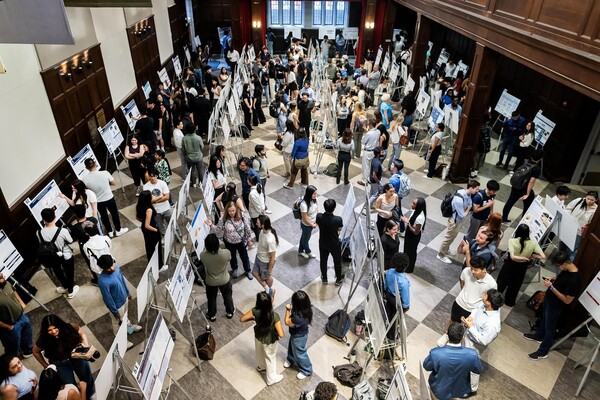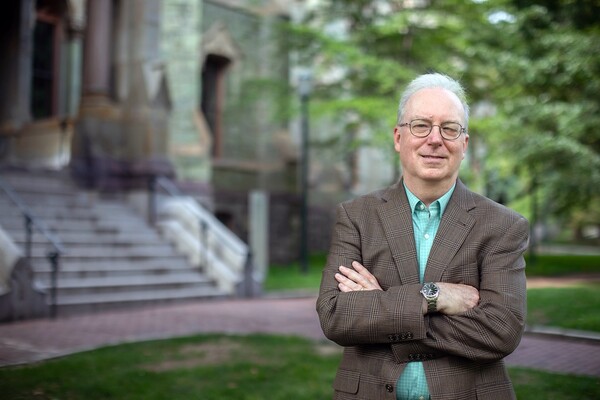
Image: Mininyx Doodle via Getty Images
Late one night in 2010, Harvey Rubin received an email from his neighbor, the actor David Morse, perhaps best known for his work in the films “The Negotiator,” “The Green Mile” and “16 Blocks.” Morse was watching television coverage of the Haitian earthquake, and wondered why his friend, Academy Award-winning actor Sean Penn, was attending to a child dying of diphtheria. Isn’t there a vaccine?
Rubin, professor of medicine and director of Penn’s Institute for Strategic Threat Analysis and Response, explained that while vaccines for diphtheria are available, delivering them is complicated by many factors, including something called the “cold chain.”
The cold chain is the succession of handoffs that take a vaccine from production to delivery, keeping it refrigerated all the while. But in places with unreliable — or non-existent — electric grids, there is often nowhere to safely store vaccines, breaking the cold chain and depriving children of life-saving care.
Morse’s response? “He told me to fix that problem, then,” says Rubin. “After speaking with David, I realized there is power in the most remote parts of the world; it’s the cellphone towers.”
Rubin and his colleagues' idea of piggybacking vaccine storage refrigerators onto these towers led to the formation of a project called Energize the Chain, which was recently named “Best Innovation from a Research Institute” by the Philadelphia Business Journal.
Cell phones are ubiquitous in the developing world, and like vaccines, cell phone coverage depends on the distance from the closest powered node in the network. The solution to the vaccine cold chain problem, Rubin says, is to convince cell phone companies to install refrigerators within their towers’ security fences, run the refrigerators using power from the tower, and give health workers access to the area.
“The [cell phone service providers] have every incentive to keep the power on, either by the national grid or backup generators, solar, wind, whatever it takes,” says Rubin. “The energy that a refrigerator draws is minimal, and when you combine that with the need for the cell companies to present themselves as good guys to the local community, it’s a natural fit.”
With few technical challenges, Energize the Chain’s efforts have been focused on figuring out which towers can best serve local populations, as well as forging the necessary partnerships between telecom companies and national health officials to make the project work.
Vaccine refrigerators have already been installed at cell tower sites in Zimbabwe and partnerships are being developed in Kenya, Nigeria, and India. Rubin and his colleagues will begin work in Argentina in the coming months.
The team also wants to expand the project’s scope, not just its mileage. They currently are working on tapping into the towers’ information networks, not just power, to provide real-time updates on the refrigerators’ contents. They are also using tower-power to serve other local needs.
Evan Lerner

Image: Mininyx Doodle via Getty Images

nocred

Image: Pencho Chukov via Getty Images

Charles Kane, Christopher H. Browne Distinguished Professor of Physics at Penn’s School of Arts & Sciences.
(Image: Brooke Sietinsons)